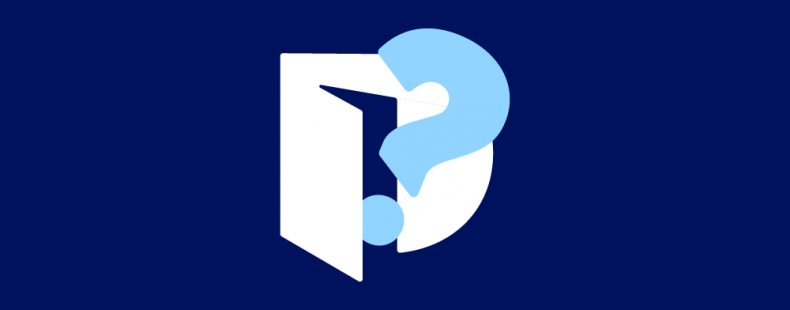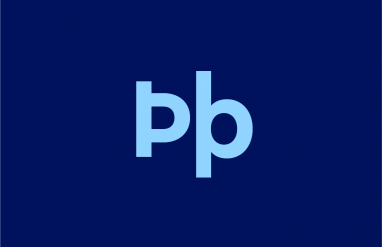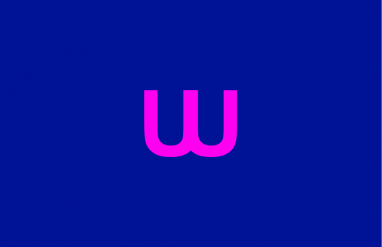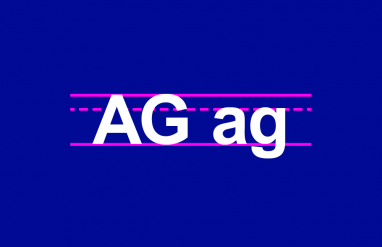When you look up words on Dictionary.com, you’ll encounter all kinds of labels on terms and their definitions. Taken in combination with the definitions, these labels are intended to help you understand how words are used. Some labels, like noun and verb, are straightforward, but the meanings of others, such as Disparaging, Archaic, and Literary, may be much less obvious.
To help clarify and demystify these labels, we’ve put together a brief guide to help you understand what each label means and why a word has the label it does. We’ll also explain the differences between labels that may sound similar, such as Disparaging and Offensive, or Slang, Informal, and Nonstandard.
Disparaging
Terms labeled as Disparaging are those used with the intention of belittling or insulting someone—even though the listener may not actually consider the usage as belittling.
Note: Many words that are obviously disparaging based on their meaning don’t have the Disparaging label. For example, a word like doofus doesn’t have the Disparaging label because the disparaging intent is clear in the meaning itself.
Offensive
Terms labeled as Offensive are those perceived as belittling or insulting by the person who reads or hears them regardless of whether or not the user intended to belittle someone.
A word is labeled Offensive if it is likely to be perceived as an insult to a particular individual or to an entire group of like individuals regardless of whether offense was intended.
The Disparaging label, by contrast, is applied to terms that are specifically used by a person who wants to offend someone.
Example: Many people who use the term Eskimo are unaware of its history and offensiveness to Inuit peoples. The word Eskimo is labeled as Sometimes Offensive because many of the people to whom it is sometimes applied consider it a racist term that was forced on their people by colonizers.
Disparaging and Offensive
This combination label is applied to terms that are used with belittling intent and are perceived as such by a listener or reader.
Extremely Disparaging and Offensive
A term is labeled as Extremely Disparaging and Offensive when it is both disparaging and offensive and is considered to be especially derogatory.
Example: This label is applied to ethnic, racist, and anti-LGBTQ+ slurs.
Nonstandard
The label Nonstandard is applied to terms that are typically not considered to be part of conventional grammar, vocabulary, spelling, etc., by the majority of native English speakers. Nonstandard words are most likely to be used in casual speech and very informal writing.
Example: ain’t
Informal
Terms that are labeled Informal are those that are standard but that are unlikely to appear in formal speech or writing unless a person is intentionally trying to express a casual tone. Informal words are relaxed and natural and are often preferred in casual, everyday speech.
Example: gonna, nah, frenemy, whatevs
Slang
The Slang label is used for very informal, nonstandard words that are often not considered appropriate for formal speech and writing. Slang terms, which are typically only used in spoken language or informal writing, tend to be very informal synonyms for terms used in standard language. Slang tends to be used by relatively smaller groups that have something in common that makes them distinct from general, mainstream society.
Obsolete
When a word is marked as Obsolete, it means that it hasn’t been widely used since at least 1750. You may see such words used in writing from before 1750.
Example: unbroke, dowsabel, mussitate
Archaic
The label Archaic indicates that a word was commonly used until around 1900 but is now only used for the specific purpose and effect of conspicuously using an old word.
Example: canst, shrieve, haply
Rare
The label Rare is used for words that aren’t obsolete or archaic but are rarely used in modern language.
Example: floccinaucinihilipilification
Older Use
The label Older Use is applied to words that were commonly used during the mid-1900s but are now mostly only used by members of older generations. As time passes and generations age, this label will apply to different words.
Example: nary, unwisest, thataway, snapperback, worriment, pindling
Older Spelling
Terms marked with the label Older Spelling have a spelling that was more common in the past but is not used anymore. This label is most likely to be applied to names of cities and geographic areas. Such spellings are not used today but may appear in old books, for example.
Example: Chengteh (now Chengde)
Literary
The label Literary is applied to words that are not commonly used in writing or speech except when a person is specifically trying to sound poetic or as if they are writing old literature.
Example: damsel, wintertide, o’er, whatsoe’er, sempiternal, gallimaufry














